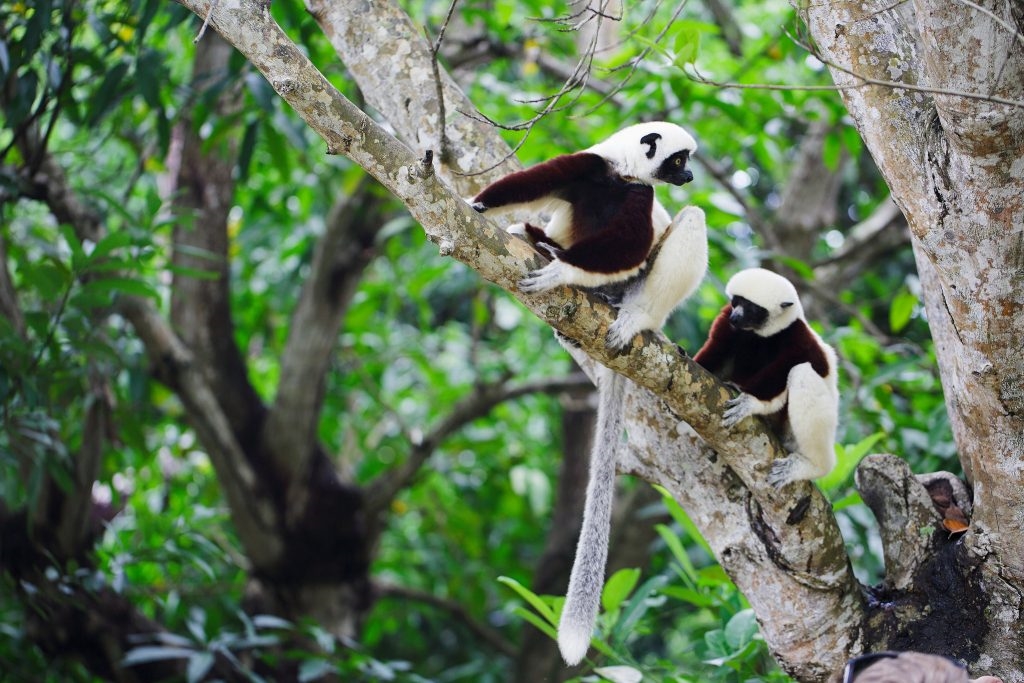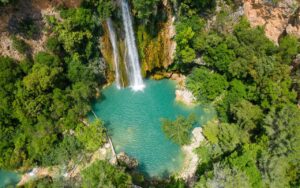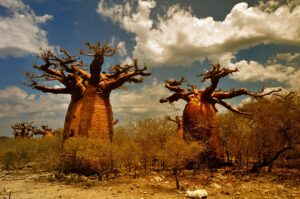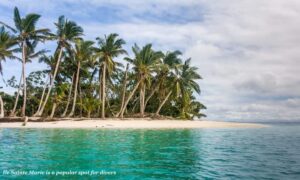Ampijoroa Forest Station: Wildlife and Research Near Mahajanga
Nestled in the heart of Madagascar, the Ampijoroa Forest Station is a hidden gem for nature enthusiasts and researchers alike. Located near the bustling city of Mahajanga, this forest station offers a unique blend of wildlife observation and scientific research opportunities. Whether you’re a seasoned traveler or a first-time visitor, Ampijoroa promises an unforgettable experience with its rich biodiversity and serene landscapes.
What to See
Ampijoroa Forest Station is renowned for its diverse wildlife, making it a paradise for animal lovers. The station is part of the Ankarafantsika National Park, which is home to a variety of lemur species, including the Coquerel’s sifaka and the mongoose lemur. Birdwatchers will be thrilled by the presence of over 120 bird species, such as the Madagascar fish eagle and the Van Dam’s vanga. The forest is also home to several reptiles and amphibians, including the Nile crocodile, which can be spotted in the nearby Lake Ravelobe.
For those interested in flora, the forest boasts a wide array of plant species, some of which are endemic to Madagascar. The lush greenery and towering trees provide a perfect backdrop for a leisurely hike or a guided tour. The station offers several well-marked trails that cater to different fitness levels, allowing visitors to explore the forest at their own pace.
A Bit of History and Interesting Facts
Ampijoroa Forest Station has a rich history of conservation and research. Established in the mid-20th century, the station has been a hub for scientific studies focused on Madagascar’s unique ecosystems. Researchers from around the world come here to study the island’s endemic species and contribute to conservation efforts.
One interesting fact about Ampijoroa is its role in the successful reintroduction of the Madagascar fish eagle, one of the world’s rarest birds of prey. Conservationists have worked tirelessly to protect this species, and their efforts have paid off with a gradual increase in the eagle’s population.
Another fascinating aspect of the forest is its role in local folklore. The Malagasy people have long believed that the forest is inhabited by spirits, and many traditional stories and legends are associated with the area. Visitors may hear these tales from local guides, adding a mystical element to their experience.
Getting There and Tips for First-Time Visitors
Reaching Ampijoroa Forest Station is relatively straightforward. The station is located about 115 kilometers southeast of Mahajanga, and the journey takes approximately two to three hours by car. Visitors can hire a taxi or rent a vehicle in Mahajanga for a more flexible travel experience. The road to Ampijoroa is generally in good condition, but it’s advisable to check local travel advisories for any updates.
For first-time visitors, it’s important to come prepared. The climate in the region can be hot and humid, so lightweight clothing, sunscreen, and insect repellent are essential. Comfortable walking shoes are a must for exploring the trails. It’s also a good idea to bring binoculars and a camera to capture the stunning wildlife and landscapes.
The forest station offers basic accommodation facilities, including bungalows and campsites, for those who wish to stay overnight. Booking in advance is recommended, especially during peak tourist seasons. Guided tours are available and highly recommended for a more informative and enriching experience.
Ampijoroa Forest Station is a testament to Madagascar’s incredible biodiversity and the ongoing efforts to preserve it. Whether you’re there to observe wildlife, conduct research, or simply enjoy the tranquility of nature, Ampijoroa offers something for everyone. Its unique blend of natural beauty and scientific significance makes it a must-visit destination for anyone traveling to Madagascar.








